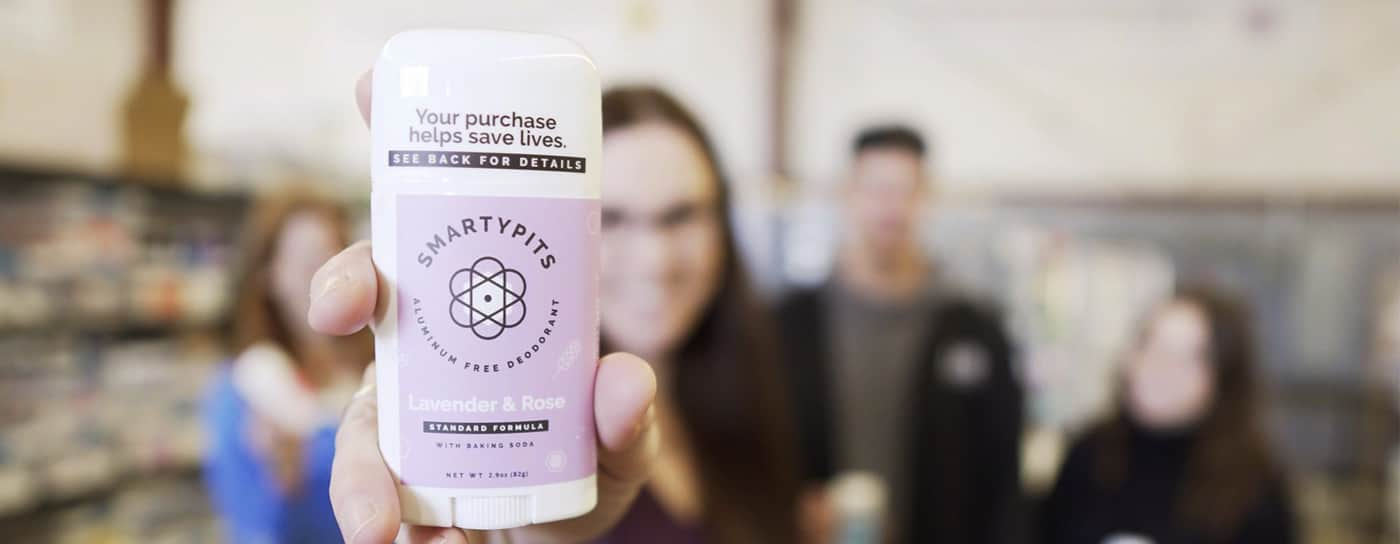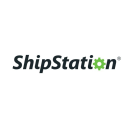How Stacia Guzzo Pivoted and Started A $58K/Month Deodorant Product
Note: This business is no longer running. It was started in 2014 and ended in 2024. Reason for closure: Shut down.
Hello! Who are you and what business did you start?
My name is Stacia Guzzo, and I’m the founder of SmartyPits Deodorant. SmartyPits is free of aluminum, phthalates, parabens, and propylene glycol, and we give a portion of sales back to breast cancer research and survivor support.
Our customers include anyone that is looking for a healthier alternative to traditional antiperspirants (which contain aluminum).

We didn’t, however, start out as SmartyPits, nor did we start out with the idea to mainly make deodorant. Our path is a bit more winding. It’s a story of failure, success, flexibility, and paying close attention--and one that I’m excited to share with you.
In the last 21 months, SmartyPits has grown from making under $100,000 in 2016 to making over $500,000 by the end of Q3 in 2018.
What's your backstory and how did you come up with the idea?

Download the report and join our email newsletter packed with business ideas and money-making opportunities, backed by real-life case studies.

Download the report and join our email newsletter packed with business ideas and money-making opportunities, backed by real-life case studies.

Download the report and join our email newsletter packed with business ideas and money-making opportunities, backed by real-life case studies.

Download the report and join our email newsletter packed with business ideas and money-making opportunities, backed by real-life case studies.

Download the report and join our email newsletter packed with business ideas and money-making opportunities, backed by real-life case studies.

Download the report and join our email newsletter packed with business ideas and money-making opportunities, backed by real-life case studies.

Download the report and join our email newsletter packed with business ideas and money-making opportunities, backed by real-life case studies.

Download the report and join our email newsletter packed with business ideas and money-making opportunities, backed by real-life case studies.
















